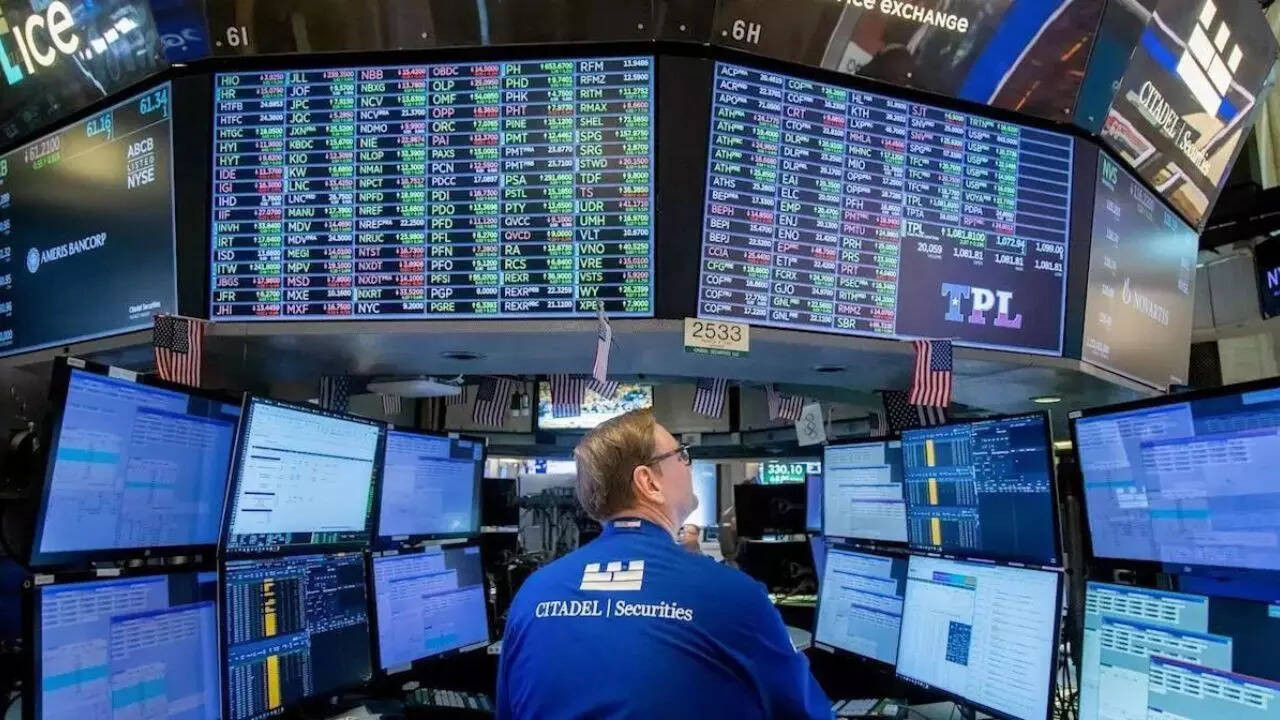Solar Showdown: Are Tariffs Looming for India, Indonesia, and Laos?
The sun might be shining brightly on renewable energy, but storm clouds are gathering over the international solar panel market. A group of US solar manufacturers is pushing for tariffs on solar panel imports from India, Indonesia, and Laos, alleging these countries are dumping unfairly priced products into the American market. What’s behind this push, and what could it mean for the future of solar energy development?
This isn’t just a minor squabble; it’s a high-stakes battle involving billions of dollars. The US manufacturers, under the banner of the American Alliance for Solar Manufacturing Trade Committee, claim that companies in these Southeast Asian nations are undercutting fair prices, harming their ability to compete and potentially jeopardizing massive investments they’ve made in domestic solar production. Think about the scale: these manufacturers have poured huge sums into expanding their US-based facilities, all predicated on the assumption of a level playing field.
Why the Focus on These Three Countries?
The heart of the complaint is that solar panel manufacturers in India, Indonesia, and Laos are allegedly benefiting from unfair subsidies and are selling their products in the US at prices below their production cost – a practice known as dumping. This makes it incredibly difficult for US companies to compete, even with government incentives designed to bolster domestic clean energy production. The alliance argues that these “dumped” panels are flooding the market, distorting prices and threatening the viability of American solar manufacturing.

The Broader Implications of Solar Tariffs
The potential impact of these proposed tariffs extends far beyond just the balance sheets of a few companies. Consider the ripple effect:
* Higher Solar Costs for Consumers: Tariffs inevitably lead to higher prices. If the cost of imported solar panels increases, consumers will ultimately pay more for solar energy, potentially slowing down the adoption of this clean energy source.
* Impact on Solar Installation Businesses: Solar installation companies rely on a consistent supply of affordable panels. Tariffs could disrupt this supply chain, leading to delays and increased costs for installation projects. This could negatively impact their growth and ability to provide affordable solar solutions to homeowners and businesses.
* Geopolitical Tensions: Trade disputes often have broader geopolitical implications. Imposing tariffs could strain relationships with India, Indonesia, and Laos, potentially impacting other areas of trade and diplomacy.
* Innovation Disruption: While proponents argue that tariffs protect domestic industries and encourage innovation, critics argue they stifle competition and reduce the incentive for innovation. A protected market might lead to complacency and slower technological advancements.
The Counterargument: Affordable Solar for All
Opponents of the tariffs argue that they would disproportionately harm the solar industry as a whole. They emphasize that affordable solar panels are crucial for achieving ambitious renewable energy targets and combating climate change. Restricting imports, they contend, would only make solar energy less accessible and slow down the transition to a cleaner energy future. It will also invite retaliatory measures from affected nations.
The US has set some ambitious renewable energy goals, including a target of net-zero emissions by 2050. These goals will require significant investment in solar energy, and affordable panels are essential to achieve this. Tariffs would push prices higher, making it more difficult for the US to meet its climate targets. See our page on [the future of wind energy](https://example.com/future-of-wind-energy) for another perspective on renewable energy.
What Happens Next?
The US Department of Commerce will now investigate these allegations. This involves gathering evidence, analyzing data, and determining whether the claims of dumping and unfair subsidies are valid. If the department finds merit in the allegations, it will recommend tariffs. The final decision rests with the US International Trade Commission, which will determine whether the imports are indeed causing harm to the US solar industry. The entire process can take several months, creating uncertainty and market volatility in the meantime.
The Future of Solar: Balancing Protection and Progress
The looming decision on solar tariffs underscores a fundamental tension: how to protect domestic industries while fostering the growth of renewable energy and addressing climate change. Finding the right balance will be crucial for ensuring a sustainable and affordable energy future. Will the US government prioritize protecting domestic manufacturers, or will it focus on promoting affordable solar energy for all? The answer will have a significant impact on the future of solar energy in the US and beyond.







